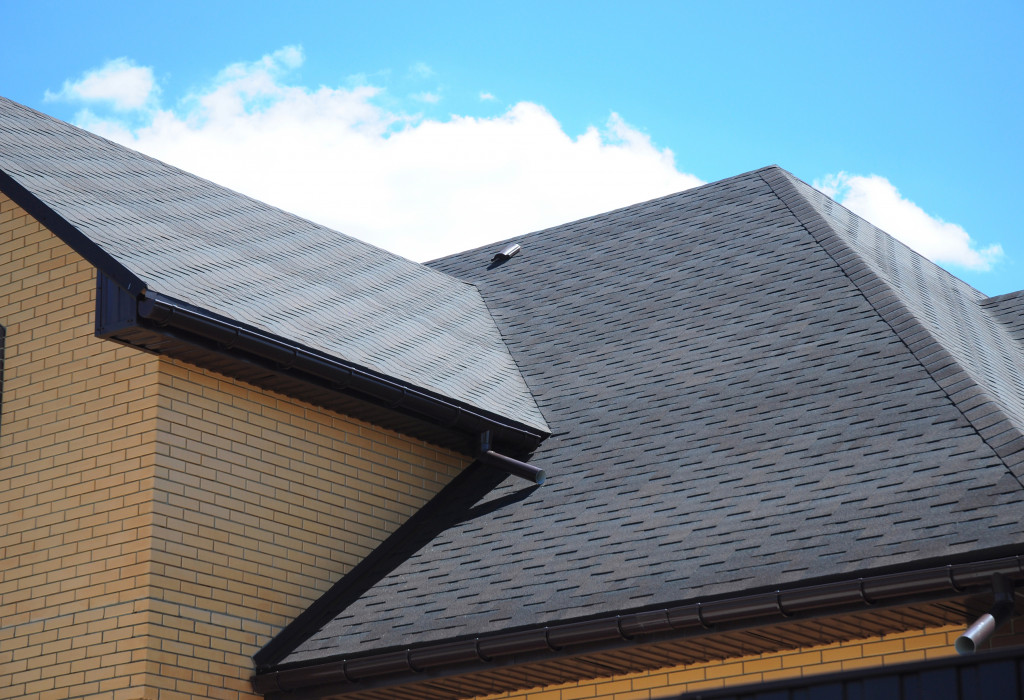Investing in real estate can be tricky. For one, it is the least liquid asset. This means that you cannot convert this into cash quickly. The good news is that it can grow your money fast well—if you know where to invest.
Here are the different ways to invest in a property:
1. Lease Purchase
A lease purchase is used by investors. They rent the property initially for a longer period, usually for five years or more but eventually buy it through an agreed schedule of monthly payments.
However, this kind of investment requires careful analysis as there are cases where tenants opt not to move into the home even after five years. Either it is located in an undesirable place, or the tenant makes changes that reduce its value. With lease purchase, you can also choose to finance your tenants’ purchase down payment if that might be needed to seal the deal.
2. Wholesaling
This is when you buy a house, usually in need of repairs or remodeling, for less than what it’s worth and resell it without doing any improvements to it. A wholesaler makes money when the value of the home increases above its initial purchase price.
Another way to make money through wholesaling is by taking advantage of relocation opportunities that arise when people move into new states or cities in mass numbers. You can buy homes at affordable prices and then sell them once the demand goes up when more people start migrating to certain places.
The downside with this kind of investment is that it takes time before you realize any profit. It isn’t until after you finish selling the house that your investment starts to pay off.
3. Value-added Property Investing
This is where you buy a rental building to improve the rent through renovations. This investment usually requires a larger capital because it involves buying an existing property and not just a single housing unit.
The ability to make quick profits through value-add apartment investing, however, is good. This is especially true if you choose companies that specialize in syndication and brand management. This means that the team picks units strategically: those found in great locations with lots of potential to attract strong markets, such as millennials or families.
4. Flipping
In this process, you find a home that will yield more profit than if you refinanced your house and then selling or renting it at the market rate. You can also flip homes that need repairs but would be worth more money after the repair has been done because nobody wants to buy an unappealing property even if they’re getting a good deal on it.
It takes careful analysis and good timing to make this kind of investment pay off. You only realize any profit when you finally finish selling the home. Flipping might also cost you more than what you expect. Usually, banks don’t give out loans for fixer-uppers, and sometimes even renovations become more expensive than what you initially planned for.

5. Fix and Flips
A fix and flip is where you renovate a property and then resell it as quickly as possible. You can make money using this method without waiting for your investment to appreciate before selling the house because of the various changes made to it.
However, there’s also a risk involved with this kind of real estate investment if you don’t use careful analysis when flipping homes. These include buying properties that need major renovations or ones that are located in dangerous neighborhoods.
6. Property Syndication
Property syndication is where you buy an apartment building with at least five units and then sell portions of it to other investors before completing the renovations and leasing of units.
The building is usually completed and managed by a property management company that hires employees to handle the day-to-day tasks. These include fixing appliances, completing any building repairs, and filling vacant units with tenants.
7. Real Estate Investment Trusts
A real estate investment trust (REIT) is an organization or fund that manages multiple properties across different markets while selling shares to investors wanting exposure to the risks and returns offered by this kind of business model. Most REITs buy properties outright or acquire them through short-term loans and then sell shares in the properties they own at a profit.
You can invest in these types of real estate investment funds, but you have to remember that each share corresponds to a certain amount of property owned by the firm. If there are lots of people buying shares, it might raise the price of each one. You’ll be paying more money for what you think is an equal percentage of ownership.
You might find yourself losing money on your investments if you buy too many shares, especially during market downfalls. Some REITs cut their dividends when things get rough rather than selling their properties to avoid significant losses due to reduced property values.
Like any investment, you need cash to get into real estate investing. However, because choices are abundant, some options don’t need a lot of capital to begin with. You also have various methods to grow your wealth.







